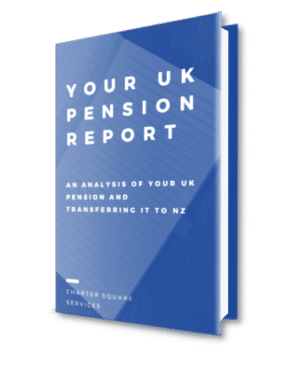From 2027, individuals with substantial UK pensions will face significant exposure to Inheritance Tax (IHT), which is charged at 40% on estates exceeding the nil-rate band of £325,000. To mitigate IHT liability on pensions, transferring excess wealth into a Qualifying Recognised Overseas Pension Scheme (QROPS) can be a strategic option. Below, we explore how this approach functions and its implications.
Understanding QROPS
A QROPS is an overseas pension scheme that meets specific criteria set by HM Revenue & Customs (HMRC), allowing UK pension funds to be transferred without incurring unauthorised payment charges. One major advantage of a QROPS is the exemption from UK IHT, making it appealing for high-net-worth individuals (HNWIs) seeking to protect their pensions from the 40% IHT rate.
The Overseas Transfer Charge (OTC)
Since March 2017, HMRC has imposed a 25% OTC on transfers to QROPS unless certain conditions are met, such as the individual residing in the same country as the QROPS. A transfer limit of £1,073,000 applies even if you live in the same country, beyond which the 25% tax is levied. This can pose challenges for individuals who cannot transfer their pensions to a QROPS due to local tax implications or the absence of QROPS in their country.
Arbitraging IHT Using QROPS
Although the 25% OTC is significant, it is still less than the 40% IHT rate, presenting a tax arbitrage opportunity. Here’s how you can approach this:
1. Assess IHT Exposure: Calculate your estate’s value above the nil-rate band and identify pension amounts that can be transferred over that limit.
2. Transfer to QROPS: Move eligible pension funds and other eligible assets into a QROPS, recognising that while this incurs a 25% OTC, it may still be beneficial compared to the 40% IHT rate if you are not considered long-term resident for UK tax purposes.
3. Planning: Evaluate if funds can be transferred out of the initial QROPS to recoup any OTC payments made to HMRC.
4. Jurisdiction Selection: Choose a QROPS jurisdiction with favourable tax laws for fund payments, considering how they align with the double tax treaty of your residence country.
Cost-Benefit Analysis
OTC vs. IHT: Paying a 25% OTC is significantly lower than a potential 40% IHT liability on the same assets.
Tax-Free Growth: Funds within a QROPS can grow tax-free and are exempt from further UK taxes.
Generational Planning: QROPS assets can be passed to beneficiaries without triggering UK IHT, preserving wealth across generations.
Conclusion
For HNWIs seeking to reduce their UK IHT liability, transferring wealth above the nil-rate band into a QROPS—despite the 25% OTC—can offer considerable tax savings and estate planning benefits. However, this strategy requires meticulous planning and professional advice to navigate complex regulations and ensure compliance with both UK and international tax laws.
Contact us today to explore how we can assist you in this process.



